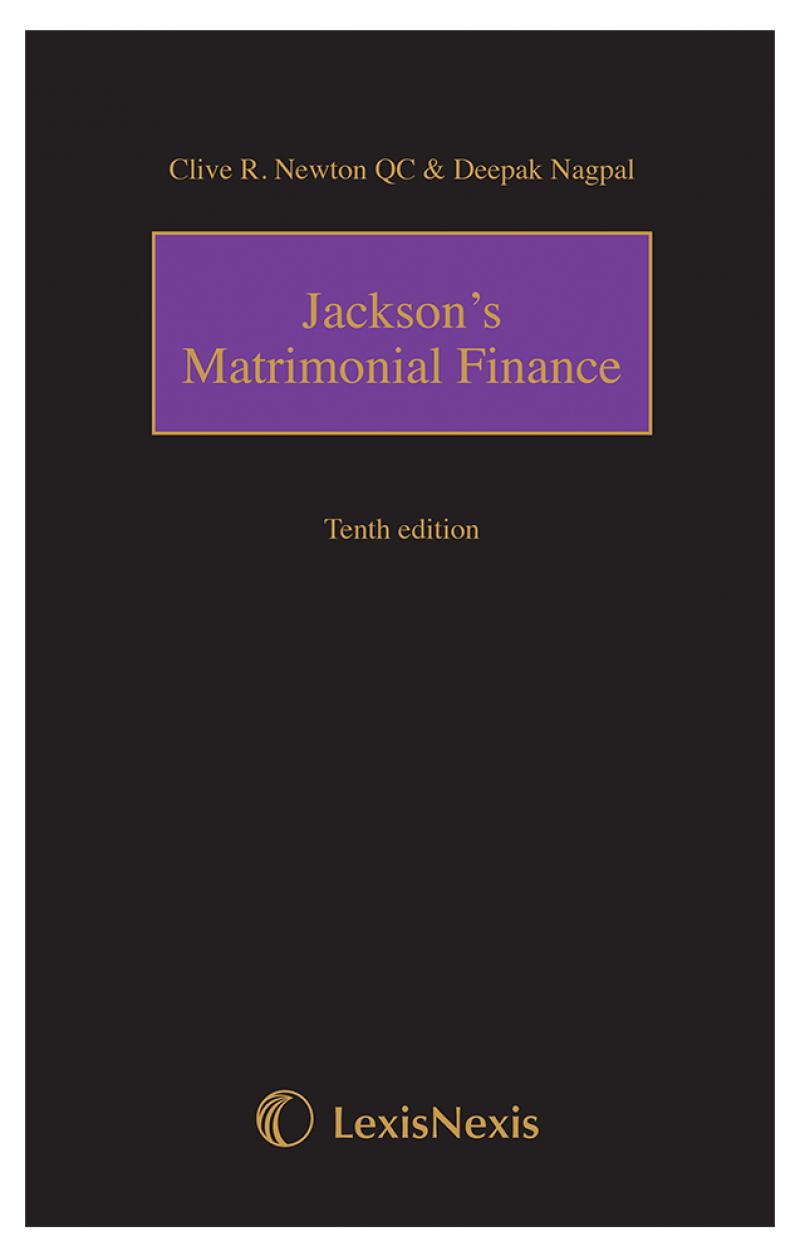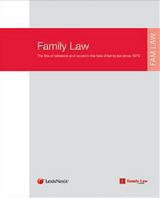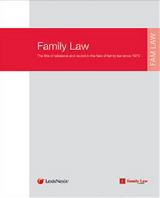- News & Comment
-
Online Shop
Online Services
Looseleafs
Law Reports
Books and eBooks
-
CPD & Events
Webinars
Events
- Authors
- About Family Law
- Contact












 10 APR 2025
10 APR 2025

 7 APR 2025
7 APR 2025

 9 APR 2025
9 APR 2025

 9 APR 2025
9 APR 2025

 9 APR 2025
9 APR 2025



Andy Bilson, Emeritus Professor of Social Work, University of Central Lancashire
Brid Featherstone, Professor of Social Work, University of Huddersfield
Katie Martin, Lecturer in Social Care, University of Central Lancashire




